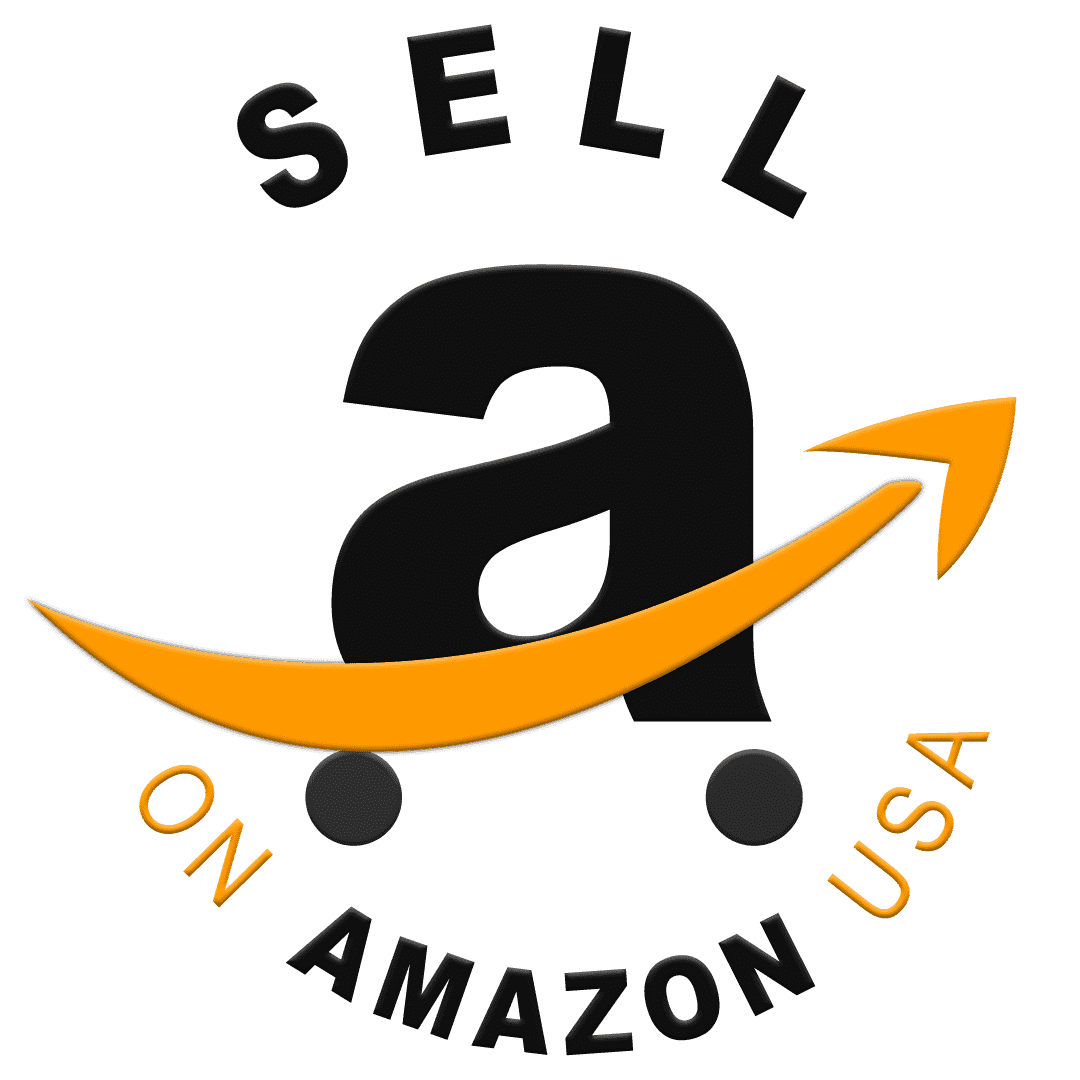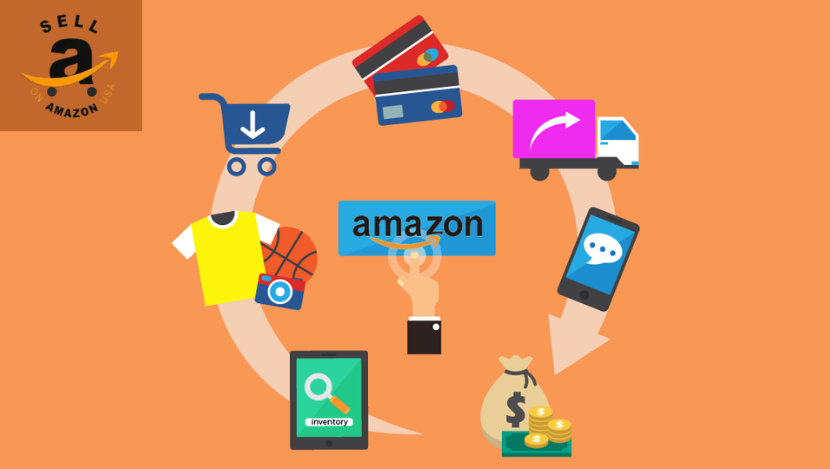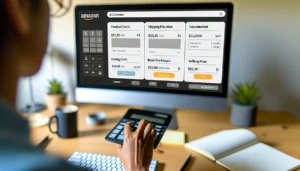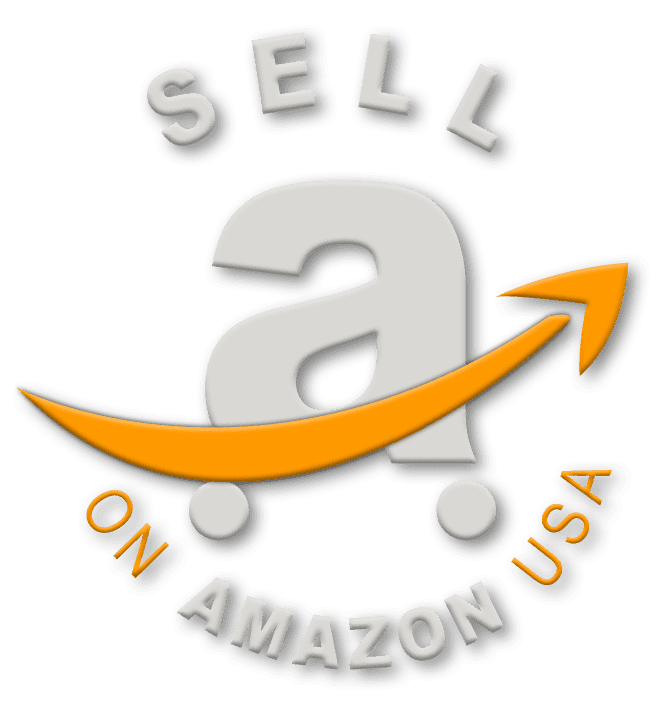With millions of daily visitors Amazon has become the go to platform for online shopping. It offers a tremendous opportunity for entrepreneurs to reach a global audience without the complexities of creating and marketing an independent online store. However, the level of competition on Amazon is high, and simply listing a product isn’t enough to ensure sales. Successfully selling products on Amazon requires a strategic approach and a focus on quality customer experience and effective marketing.
This guide shares the top tips for becoming a successful Amazon seller, helping you maximize visibility, attract buyers and drive consistent sales.
Why Sell Products On Amazon?
Before diving into tips let’s briefly look at why Amazon is such a compelling marketplace
- Global Reach: Amazon has a massive customer base worldwide, providing immediate access to millions of potential buyers.
- Established Trust: Customers trust Amazon, making it easier for new sellers to attract shoppers compared to lesser-known e-commerce platforms.
- Traffic and Discoverability: Amazon’s search engine directs customers to products they’re interested in, making it easier for sellers to reach an audience.
- Logistics Support: With Amazon’s Fulfillment by Amazon (FBA) program, sellers can store their inventory in Amazon’s warehouses, with Amazon handling the shipping and customer service.
Choose The Right Products To Sell
The success of an Amazon store often begins with selecting the right products. Here’s how to make smart choices:
Research Product Demand And Competition
High-demand products with low competition are ideal for new sellers. Tools like Jungle Scout, Helium 10, and Amazon’s own product research tools help analyze sales data and identify profitable product categories. Look for products that have steady demand and a manageable level of competition.
Focus On Profit Margins
When pricing your products, account for Amazon’s fees, shipping, and manufacturing costs. Aim for a profit margin of at least 30-40% to cover unexpected expenses and ensure profitability. Consider calculating all costs upfront to avoid surprises.
Choose A Niche
Selling in a niche can help reduce competition and attract loyal customers. For instance, instead of selling general “home decor,” narrow down to “handcrafted wooden decor” or “eco-friendly kitchenware.”
Avoid Restricted Categories
Certain product categories require special approval, such as supplements, electronics, and some beauty products. Check Amazon’s restricted products list to ensure you don’t face delays or additional steps in the approval process.
Set Up a Professional Amazon Seller Account
Setting up an account is straightforward, but choosing the right type is crucial:
Individual vs. Professional Seller Accounts
Amazon offers two selling plans:
- Individual: Best for sellers with low volume fee per item sold.
- Professional: This account is ideal for serious sellers with a higher sales volume.
Complete The Registration Process
To register, visit Amazon Seller Central. You’ll need to provide your business details, tax information, and banking details. Once your account is verified, you’re ready to start listing products.
Optimize Your Product Listings for Visibility and Conversions
A well crafted product listing is key to capturing attention and converting visitors into customers. Here’s how to optimize your listings:
Write Compelling Product Titles
Use relevant keywords in your title to improve search visibility, but also ensure the title is descriptive and attractive. For example, “Organic Cotton Bath Towels, Eco-Friendly, Hypoallergenic, Ultra Soft, 4-Pack” clearly describes the product and includes important keywords.
Use Bullet Points For Key Features
Amazon allows up to five bullet points in each listing, so use these to highlight important product details. Mention key features like size, material, benefits, and unique aspects that set your product apart from competitors.
Craft An Engaging Product Description
The product description is your chance to tell a story and emphasize the value of your product. Describe what makes it unique, highlight any special features, and explain how it solves the customer’s problem. Avoid overly technical language; instead, focus on how the product will benefit the user.
Use High-Quality Images
Images are crucial for e-commerce, where buyers can’t physically touch or examine products. Use high-resolution images with a white background. Include multiple photos showing different angles, close-ups of important features, and a lifestyle image to demonstrate how the product can be used.
Include Backend Keywords
Amazon allows you to add keywords in the backend, which improves your product’s discoverability in search results. Use relevant, high-traffic keywords, but avoid keyword stuffing. Research the best keywords with tools like Helium 10 or SellerApp.
Select an Effective Fulfillment Method
Amazon offers two primary fulfillment options each with pros and cons:
Fulfilled by Amazon (FBA)
With FBA, Amazon handles storage, packing, shipping, and customer service for you. Benefits of FBA include:
- Prime Eligibility: FBA items qualify for Amazon Prime, giving you access to millions of Prime members.
- Simplified Logistics: Amazon takes care of storage, shipping, and returns, which can save you significant time.
- Higher Visibility: Amazon tends to prioritize FBA listings in search results.
However, FBA comes with fees, so calculate if it fits within your profit margin before committing.
Fulfilled by Merchant (FBM)
FBM allows sellers to handle storage, shipping, and customer service independently. This option is typically more affordable but requires more time and effort. FBM is a good option if you prefer complete control over your supply chain or if FBA fees don’t fit your budget.
Leverage Amazon Advertising to Boost Visibility
Amazon’s advertising options help new products gain visibility, especially in competitive categories. Here are three main ad types to consider:
Sponsored Products
These ads appear in search results and are one of the most popular ways to promote products on Amazon. Sponsored Products are pay-per-click (PPC) ads, so you only pay when a customer clicks on your ad.
Sponsored Brands
Sponsored Brands showcase your brand logo, headline, and multiple products, making them great for building brand awareness. These ads are especially helpful if you’re selling multiple related products or trying to establish a recognizable brand on Amazon.
Sponsored Display Ads
Sponsored Display ads appear on Amazon and other websites, helping you retarget potential customers who viewed your products or similar items. These are useful for re-engaging customers who may need a little extra push to complete a purchase.
Focus on Customer Service and Building Positive Reviews
Customer satisfaction is critical for success on Amazon. Here’s how to provide excellent service and encourage positive feedback:
Respond To Customer Inquiries Promptly
Buyers often have questions about products before making a purchase. Answer questions in the Q&A section of your listing and respond to customer messages promptly. This shows that you’re attentive and committed to customer satisfaction.
Request Feedback And Reviews
Positive reviews increase credibility and improve your product’s ranking. Amazon’s Request a Review feature makes it easy to ask for reviews without violating policies. Consider following up with customers after they’ve received their products to encourage feedback.
Address Negative Reviews Professionally
If you receive a negative review, respond politely and offer solutions, like a refund or replacement. Demonstrating a willingness to resolve issues can help maintain a positive image and reassure potential buyers who read the reviews.
Analyze Performance and Optimize Listings Regularly
Monitoring your performance helps you understand what’s working and what needs improvement. Key metrics to track include:
- Conversion Rate: The percentage of visitors who make a purchase. If your conversion rate is low, consider adjusting your product description or images.
- Customer Return Rate: High return rates could indicate issues with quality, inaccurate descriptions, or unmet customer expectations.
- Sales Rank and Product Ranking: Track your product’s ranking in relevant categories to gauge visibility.
Make data-driven decisions based on these metrics and adjust listings as needed to optimize performance.
Scale Your Business Over Time
Once you’ve established a profitable Amazon store, consider ways to grow and scale your business:
Introduce New Products
Expanding your product line allows you to target different customer needs and increase sales. Consider introducing products related to your current offerings to attract existing customers.
Expand to International Markets
Amazon’s Global Selling program makes it easy to reach customers in Europe, Asia, and other regions. Research demand in different countries and be aware of any additional fees or shipping requirements for international sales.
Build Your Brand
Amazon offers tools like Amazon Brand Registry and Enhanced Brand Content to help you create a unique brand identity. Building a brand can foster customer loyalty and differentiate you from competitors.
Selling products on Amazon can be a profitable venture with the right approach. By focusing on high-quality listings, excellent customer service, and data-driven strategies, you can grow a sustainable Amazon business. Remember that success on Amazon requires patience persistence, and a commitment to continuously improving your listings products and customer experience.





